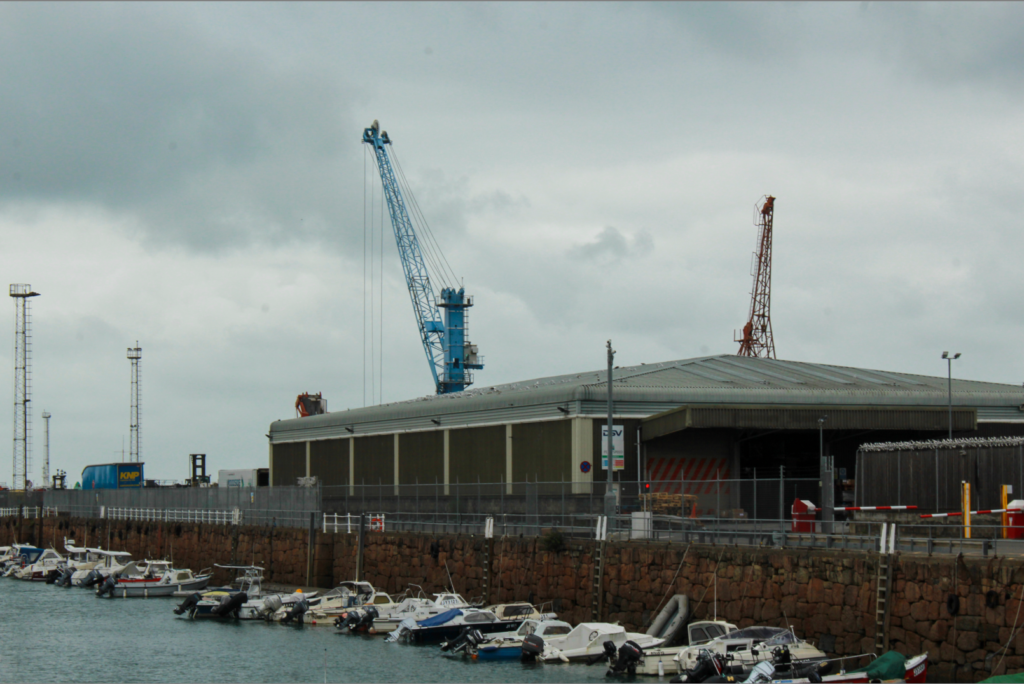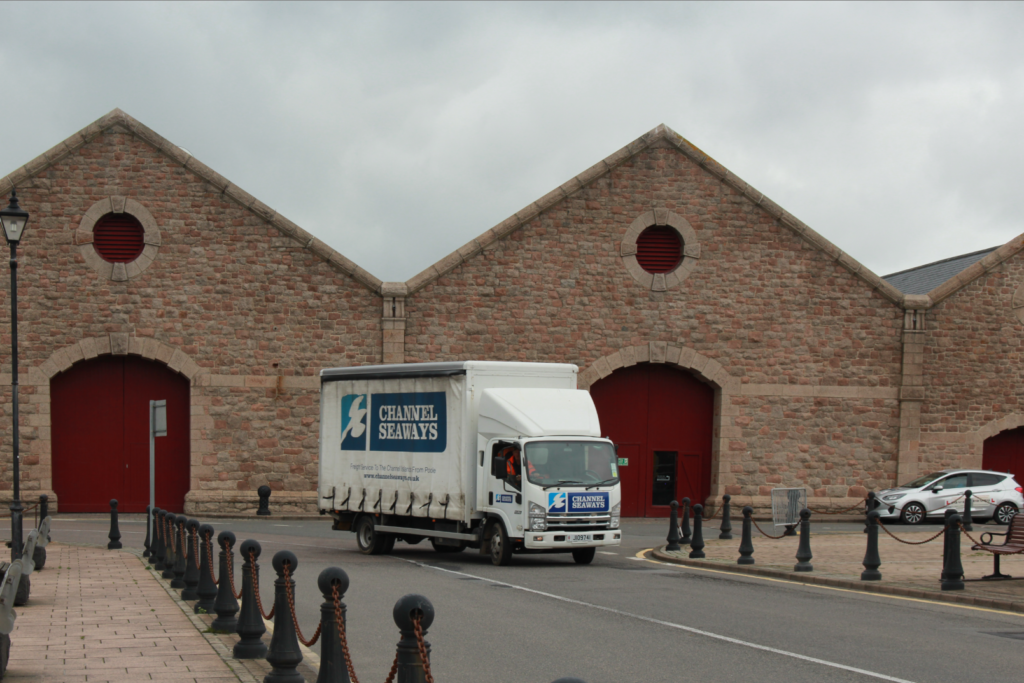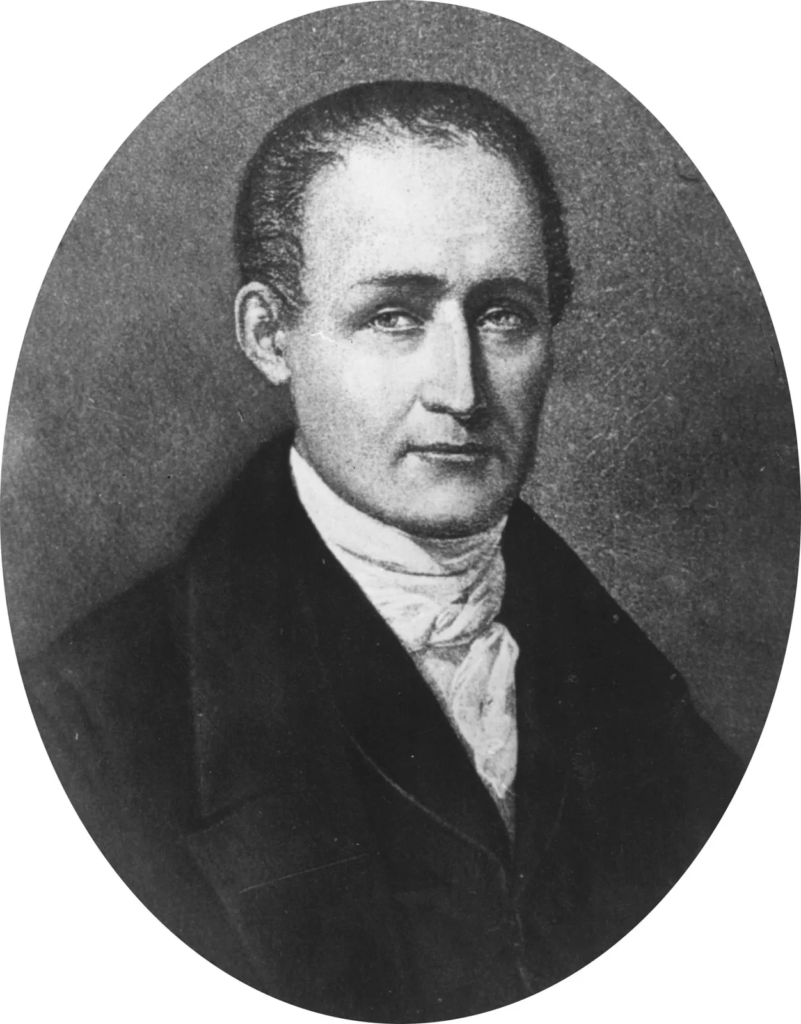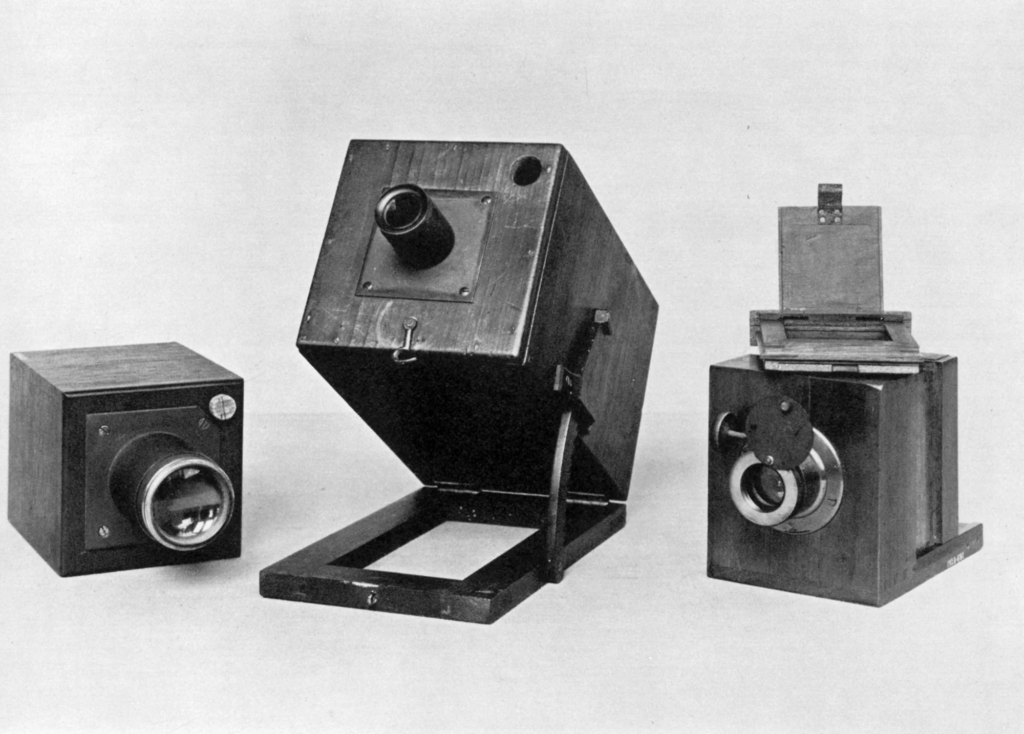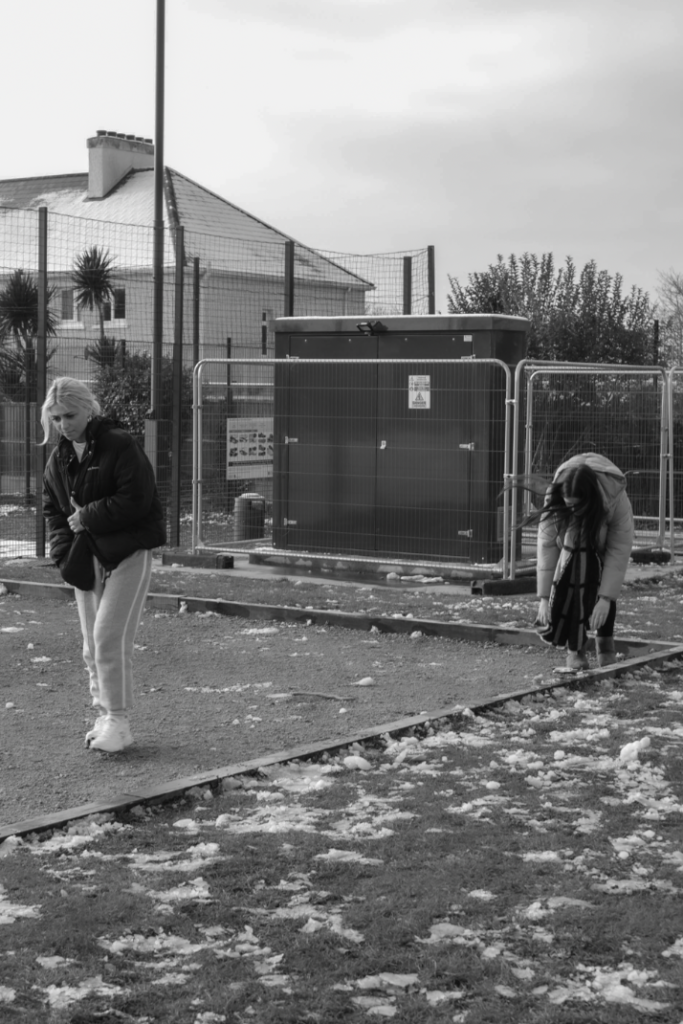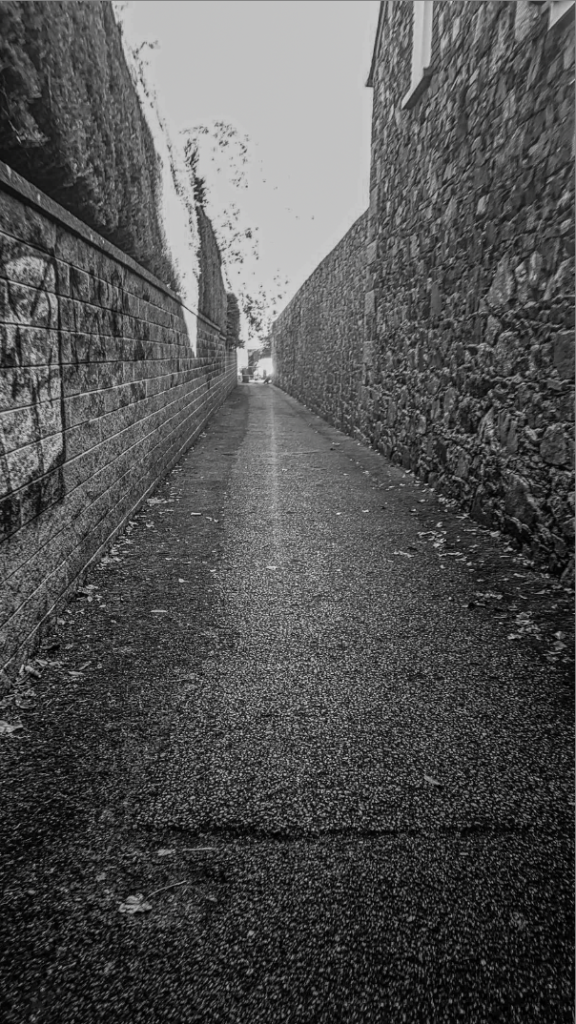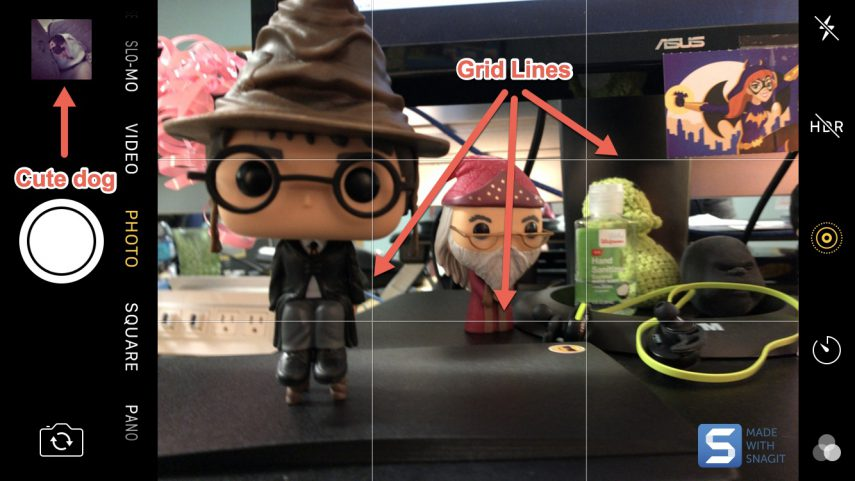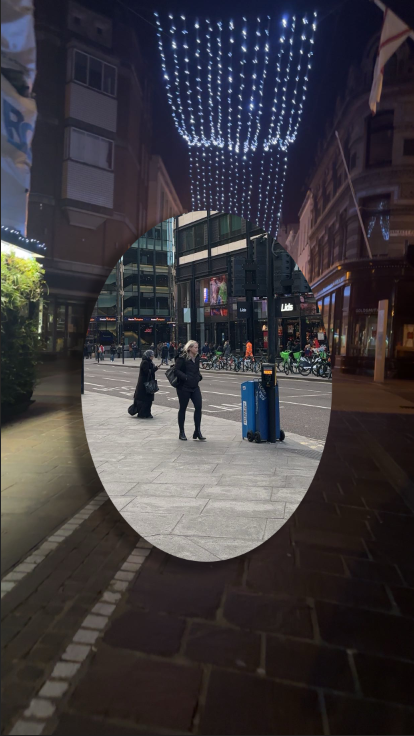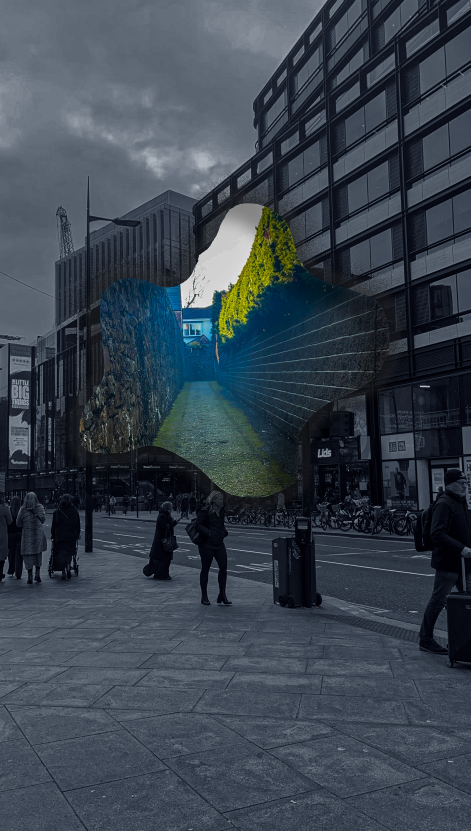Photography was invented by Frenchman Nicéphore Niépce in 1822. Niépce developed a technique called heliography, which he used to create the world’s oldest surviving photograph, View from the Window at Le Gras (1827). Heliography was conceived in response to camera obscura theories dating back to ancient history.
- Camera Obscura & Pinhole photography
The camera obscura or pinhole image is a natural optical phenomenon. Early known descriptions are found in the Chinese Mozi writings (circa 500 BCE) and the Aristotelian Problems (circa 300 BCE – 600 CE). A diagram depicting Ibn al-Haytham’s observations of light’s behaviour through a pinhole Early pinhole camera.
A pinhole lensless camera is a light-tight box with a very fine round hole in one end and film or photographic paper in the other. Light passes through the hole; an image is formed in the camera.
The first picture of a pinhole camera obscura is a drawing by Gemma Frisus’ De Radio, an astronomer. He used the pinhole in his darkened room to study the solar eclipse of 1544.
The image-forming ability of a tiny hole is thought to have been known thousands of years ago by nomadic tribes of North Africa, who lived in animal skin tents. A pinhole in the tent would project an image of the brilliant scene outside.
Leonardo da Vinci in the 16th century gave a clear description in his notebooks: “When the images of illuminated objects pass through a small round hole into a very dark room…you will see on paper all those objects in their natural shapes and colours.”
Drawing by Brook Taylor. Leonardo da Vinci gave a clear description of the Camera Obscura in the 16th century.
What is the difference between a pinhole camera and a camera obscura?
A camera obscura without a lens but with a very small hole is sometimes referred to as a pinhole camera, although this more often refers to simple (homemade) no lens cameras where photographic film or photographic paper is used.
What is camera obscura in photography?
A camera obscura, or a pinhole camera, is a simple device that is often thought of as a precursor to the modern camera. The camera obscura, Latin for “dark chamber”, consists of a dark chamber or box with a small hole in one of the four walls (or the ceiling).
What is the pinhole method of photography?
Pinhole photography uses the most basic concepts of a camera. A lightproof box, an aperture, and light-sensitive material. Light is passed through the pinhole to project an inverted image onto the paper or film on the opposite end of the camera. The distance between the pinhole and film determines the angle of view.
- Nicephore Niepce & Heliography
What was Joseph Nicéphore Niépce development of photography?
Niépce called his process heliography, from the Greek helios meaning ‘drawing with the sun’. In 1826, using this process, Niépce took the earliest surviving ‘photograph’—a view from a window of his house in Chalons-sur-Saône which required an exposure of about 8 hours! Nicéphore Niépce called this first image a ‘heliograph’, literally ‘sun writing’ or ‘work of the sun. ‘ Announcing the principles of his method came with tangible accomplishments. To make the heliograph, Niépce dissolved light-sensitive bitumen in oil of lavender and applied a thin coating over a polished pewter plate. He inserted the plate into a camera obscura and positioned it near a window in his second-story workroom. After several days of exposure to sunlight, the plate yielded an impression of the courtyard, outbuildings, and trees outside. Writing about his process in December 1827, Niépce acknowledged that it required further improvements, but was nevertheless “the first uncertain step in a completely new direction.”
What is heliography used for?
Heliography from helios, meaning “sun”, is the photographic process invented, and named thus, by Joseph Nicéphore Niépce around 1822, which he used to make the earliest known surviving photograph from nature. The Niépce Heliograph passed through a chain of private hands in Britain in the nineteenth and twentieth centuries before it was purchased by the Harry Ransom Center in 1963 as part of the Gernsheim Collection. More than twenty of Niépce’s heliographic plates and prints made between 1825 and 1829 are held in public and private collections, yet the Niépce Heliograph is the only known surviving point de vue.
How does a heliograph work?
The heliograph was the invention of a British engineer who attached a mirror to surveying equipment in order to redirect a beam of light on distant points. Through the use of sunlight, mirrors, and a keying system to interrupt the signal, flashes could be thrown on and off a receiving station.
- Louis Daguerre & Daguerreotype
What did Louis Daguerre discover?
Louis Daguerre (born November 18, 1787, Cormeilles, near Paris, France, died July 10, 1851, Bry-sur-Marne) was a French painter and physicist who invented the first practical process of photography, known as the daguerreotype.
What was the daguerreotype and why was it significant?
The daguerreotype process made it possible to capture the image seen inside a camera obscura and preserve it as an object. It was the first practical photographic process and ushered in a new age of pictorial possibility. The process was invented in 1837 by Louis Jacques Mandé Daguerre (1787–1851).
What was the daguerreotype and why was it significant?
The daguerreotype process produces a highly detailed, unique object. It is a direct-positive process, meaning no negative is made. To make a daguerreotype, a sheet of copper is plated with a thin coat of silver. This plate is then cleaned and polished to a mirror finish. Next, it is sensitised in a lighttight box with iodine and bromine vapours until its surface turns yellow. The reaction between the iodine vapor and the silver coating produces light-sensitive silver iodide.
- Henry Fox Talbot & Calotype
What did Henry Fox Talbot discover?
Henry Fox Talbot was credited as the British inventor of photography. In 1834 he discovered how to make and fix images through the action of light and chemistry on paper. These ‘negatives’ could be used to make multiple prints and this process revolutionised image making.
Talbot’s major invention, resulting from his experiments, was called the ‘calotype’ sometimes referred to as the ‘talbotype’. This technique creates a paper-based photographic print using a paper negative. The positive-negative process allows many positive prints to be made of the same image, as the negative can be printed multiple times. The earliest surviving negative is one by Talbot depicting the lattice window at Lacock Abbey, made in August 1835.
What is the difference between calotype and daguerreotype?
The main difference between the daguerreotype process and Talbot’s calotype process was reproducibility. The calotype process first produced a photographic ‘negative’ in the camera, from which many ‘positive’ calotype prints could be made, whereas daguerreotypes were a one-off image.
What is the difference between calotype and daguerreotype?
The main difference between the daguerreotype process and Talbot’s calotype process was reproducibility. The calotype process first produced a photographic ‘negative’ in the camera, from which many ‘positive’ calotype prints could be made, whereas daguerreotypes were a one-off image.
- Robert Cornelius & self-portraiture
What was the world’s first selfie a self-portrait taken by Cornelius in 1839?
Setting up his camera at the back of the family store in Philadelphia, Cornelius took the image by removing the lens cap and then running into frame where he sat for a minute before covering up the lens again. On the back of the image he wrote “The first light Picture ever taken. 1839.”
What is Robert Cornelius best known for?
He operated some of the earliest photography studios in the United States between 1840 and 1842 and implemented innovative techniques to significantly reduce the exposure time required for portraits. Philadelphia, Pennsylvania, U.S. Philadelphia, Pennsylvania, U.S. He was an inventor, businessman and lamp manufacturer.
What is the theme of the self-portrait?
The self-portrait as we know it today focuses on the artist themselves, often with eyes fixed on the viewer. It’s a bold art form, requiring the artist to examine themselves as a subject and to situate their body in the canon. The self-portrait can be a practice of therapy, self-discovery, or personal myth-making.
In late September 1839, soon after the daguerreotype was publicized, Joseph Saxton took a picture of the Philadelphia Central High School, which is considered one of the oldest photographs taken in the United States. Soon after, Saxton approached Cornelius in order to receive better daguerreotype plates. It was this meeting that sparked Cornelius’s interest in photography.
- Julia Margeret Cameron & Pictorialism
What genre of photography is Julia Margaret Cameron known for?
Julia Margaret Cameron is known for painterly photographic portraits of some of the most celebrated figures in Victorian England and for staged allegorical images drawn from poetry, literature, and the Bible.
Julia Margaret Cameron was 48 when she received her first camera, a gift from her daughter and son-in-law. . Before then, Cameron had compiled albums and experimented with printing photographs from negatives. On one occasion she printed a negative by the pioneering Swedish art photographer O.G. Rejlander, surrounding the portrait with ferns to create a photogram frame – a combination of an image made in a camera and a camera-less technique. It shows Cameron’s experimental nature and provides a glimpse of her photographic practice before she acquired a camera of her own.
When Cameron took up photography, it involved hard physical work using potentially hazardous materials. The wooden camera, which sat on a tripod, was large and cumbersome. She used the most common process at the time, producing albumen prints from wet collodion glass negatives. The process required a glass plate (approximately 12 x 10 inch) to be coated with photosensitive chemicals in a darkroom and exposed in the camera when still damp. The glass negative was then returned to the darkroom to be developed, washed and varnished. Prints were made by placing the negative directly on to sensitised photographic paper and exposing it to sunlight.
Each step of the process offered room for mistakes: the fragile glass plate had to be perfectly clean to start with and kept free from dust throughout; it needed to be evenly coated and submerged at various stages; the chemical solutions had to be correctly and freshly prepared.
- Henry Mullins & Carte-de-Visit
What is the history of carte-de-visite art?
Carte-de-visite, originally, a calling card, especially one with a photographic portrait mounted on it. It was immensely popular in the mid-19th century, the carte-de-visite was touted by the Parisian portrait photographer André-Adolphe-Eugène Disdéri, who patented the method in 1854.
‘Carte de visite’ translates from the French as ‘visiting card’ or ‘calling card’, It was first used in France by Louis Dodero, though it was subsequently patented by Adolphe Eugene Disderi in 1854.
Primarily, they were albumen prints, usually portraits and were mounted on thick card to stop the image being creased. The card usually measured 64mm (2.5 inches) by 100mm (4 inches). The actual photograph varied in size depending on the photographer.
The story goes that this method of mounting a photograph on a calling card seemed a bit vulgar and was slow to gain acceptance, but they really took off when Disderi published and marketed Napoleon III image as a CDV in 1859 and the ‘well to do’ naturally followed suit. Queen Victoria was also a devotee and her patronage also increased its awakening to the general public.
Henry Mullins was by far the most prolific of the first generation of Jersey photographers in the mid-nineteenth century. He produced thousands of portraits of islanders between 1848 and 1873 at his highly successful studio in the prime location of the Royal Square, St Helier.
As a commercial photographer he consistently embraced the rapid technical progress that ran in parallel with his career. While numerous photographic studios opened across the town of St Helier in the 1850s and 1860s, Henry Mullins continued to be the photographer of choice for leading members of Jersey society and successful local and immigrant families. Mullins’s productivity was matched by the technical standard of his work; qualities that are exemplified in the richness of the portraits of Victorian islanders preserved on the pages of his photograph albums.
Richard Maddox
In England, 1871, Dr Richard Maddox, a physician suggested that sensitising chemicals, calcium bromide and silver nitrate, should be coated on a glass plate in gelatin. From this suggestion, Charles Bennett, made the first gelatin dry plates for sale, soon after the emulsion of these chemicals could then be placed onto celluloid roll film.
These lightweight, gelatin negative plates revolutionised photography at the time. Through a commercial market these dry plates bought off a shelf, saved photographers from having to prepare their own emulsions in a dark room, instead these didn’t have to developed straight away and could be stored for later development. His work also would later go onto the construction of small enough, hand-held cameras.
Because of Richard Leach Maddox, M.D., photography was given an early impetus to become a disseminator of medical knowledge. His interest in the camera, combined with his poor health and his medical training, enabled him to invent the gelatin bromide negative that is the backbone of today’s photographic film.
Born in Bath, England, in 1816, Maddox studied medicine at University College, London. For unknown reasons, he took his degree at Edinburgh. Ill-health from early childhood prompted a voyage around the world before he settled in Constantinople, where he married and practiced medicine for some years.
What did Dr Richard Maddox create that allowed photographers?
Dr. Richard Maddox created a dry plate technique that allowed photographers to develop photographs without using the wet methods of the collodion process. This technique involved using gelatin instead of glass to make photographic negatives.
Born in New York, Eastman was an American entrepreneur and inventor who developed the first Kodak Camera. In the lead up to this his contributions can be seen beginning in 1880 when he perfected the process of making dry plates for photography, a process first made by Richard Maddox. Operating in London, he manufactured these dry plates from a factory and established the Eastman Dry Plate and Film Company. Applying the perfected process of the dry plates onto film, Eastman was able to make the first ‘Kodak’, which in 1888 he placed on the market.
In 1889, George Eastman and his company made their largest contribution to Photography with the introduction of roll film. Produced on a transparent base, this has since remained standard for film.
Why did George Eastman invent the camera?
George Eastman invented the camera and related innovations after he realized that existing photographic equipment was extremely cumbersome. In 1880, he made his first innovation to improve upon these technologies when he perfected the dry-plate technique.
The Kodak “Brownie” camera made its debut at the turn of the twentieth century and sold for one dollar. One hundred thousand of them were purchased during the first year alone. The Brownie helped to put photography into the hands of amateurs and allowed the middle class to take their own “snapshots” as well.
Eastman Kodak introduced the new Brownie dollar box camera in 1900; the release was supported by a major advertising campaign. The name “Brownie” was chosen primarily because of the popularity of a children’s book of cartoons of the same name, and partly because the camera was initially manufactured for Eastman by Frank Brownell of Rochester, New York.
With Kodak’s developments with photography one of their most important inventions, ‘The Brownie’, created to take images easily and quickly, allowed for amateurs within photography take their own ‘snapshots’. Due to the nature of photography being quite costly it was useful reserved for those of a higher class, however this let the middle class into the art too. Invented in 1900, its marketing was highly popular and saw their ownership on a massive scale.
What is considered film photography?
During film photography, a roll of light-sensitive film is placed within the camera. When the shutter of the camera is open, the film is exposed to light and an impression is captured. After the exposure is made, the photographer rolls the film forward so a fresh section of unexposed film is ready for the next photo.
What is film style photography?
Cinematic photography is a style of photography that emulates stills or frames from movie scenes. It is a highly effective storytelling technique that can create images with depth and feeling.
There are still quite a few professional photographers using film, again, often in addition to digital photography.
Digital photography is a technology that uses digital cameras to capture images. Unlike analog or film cameras, digital cameras do not use film on which to record images. Rather, digital cameras use image sensors that convert light into electric signals.


















